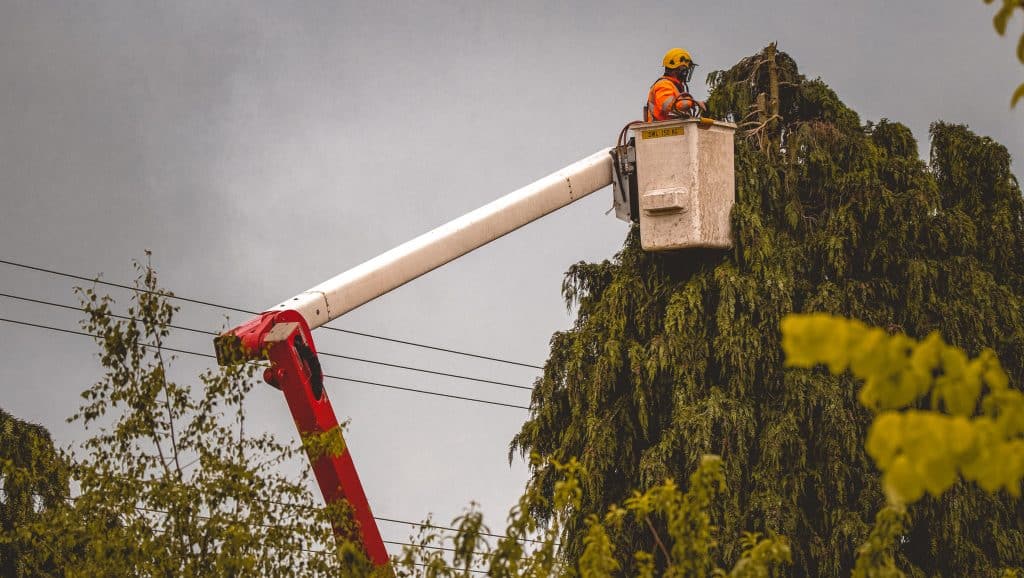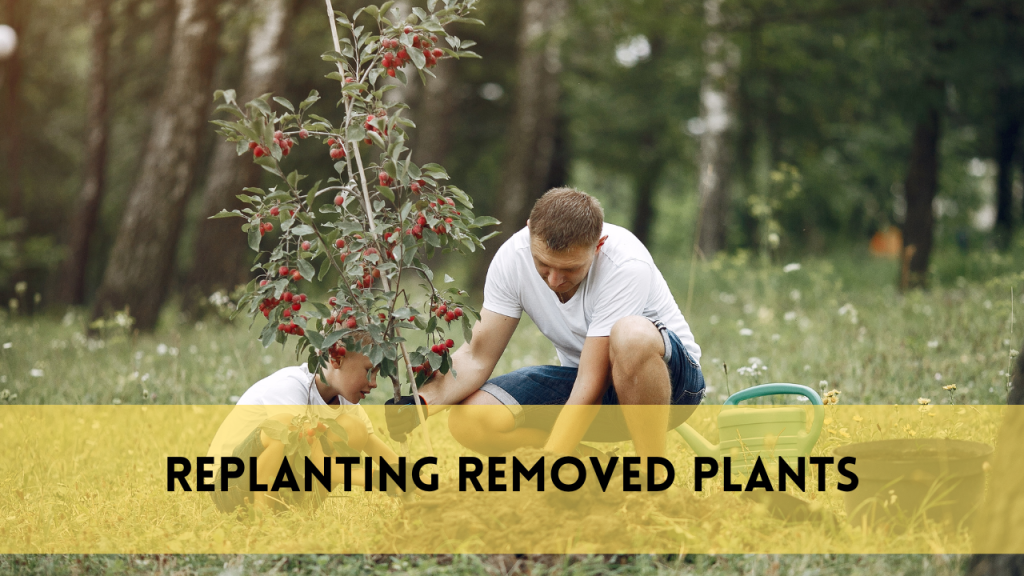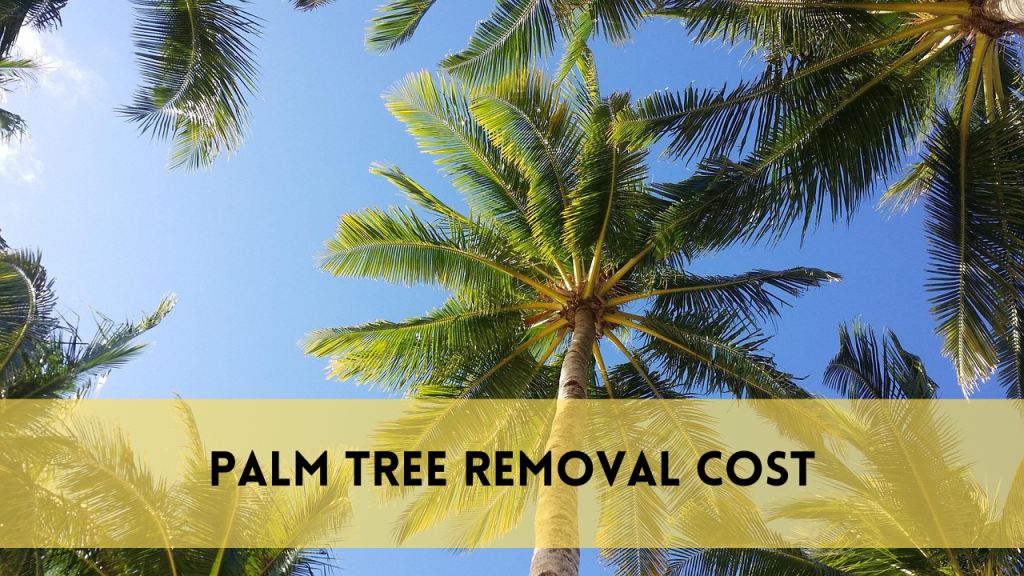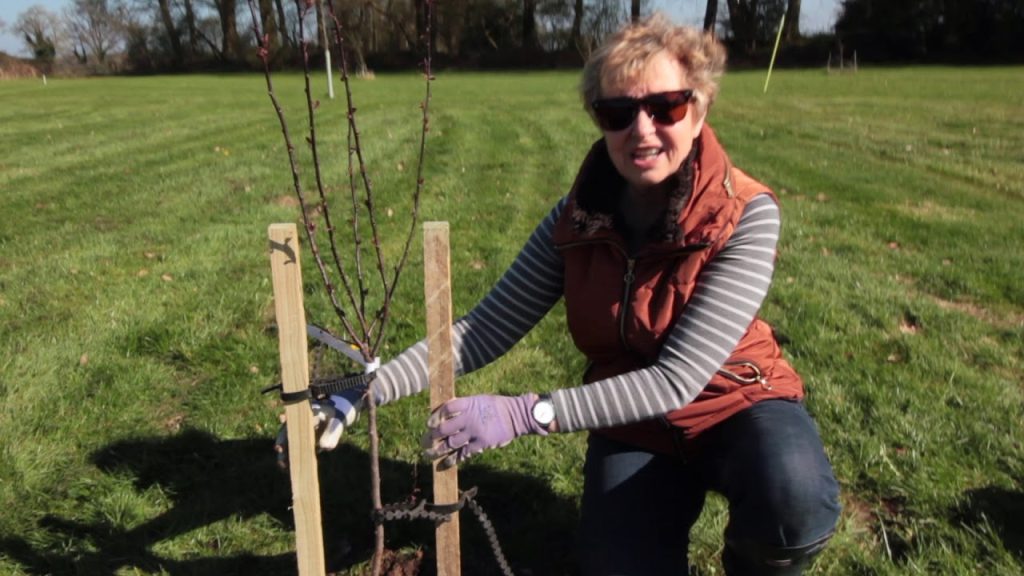Squirrel nests nestled high up in the branches of trees are a common sight in many neighborhoods and woodlands. These cozy treetop abodes, often referred to as “dreys,” serve as the homes for our furry, tree-dwelling friends – squirrels. While these nests might seem harmless or even endearing, the question of whether to remove a squirrel nest from a tree is one that homeowners, property managers, and nature enthusiasts often grapple with. In this Blog you will learn about Should i remove squirrel nest from tree?
Understanding Squirrel Nests
What Are Squirrel Nests and Why Do They Build Them?
Squirrel nests, commonly known as “dreys,” are intricate structures constructed by squirrels primarily for shelter and protection. These nests serve as the squirrel’s cozy haven, offering a safe and comfortable place to rest, raise their young, and escape from predators and harsh weather conditions.
Typical Location and Appearance of Squirrel Nests
Location: Squirrel nests are typically found high in the branches of trees. They are strategically placed to reduce the risk of predation and to take advantage of the tree’s natural cover. You’ll often find them in hardwood trees like oaks, maples, and pines.
Appearance: Squirrel dreys may vary in size, but they generally resemble bundles of twigs, leaves, and other natural materials. The outer layer consists of twigs and branches, while the inner lining is made up of softer materials such as leaves, grass, moss, and fur. This combination provides insulation and protection from the elements.
Nesting Season and Reproductive Role
Squirrel nests play a vital role in the reproductive cycle of these agile rodents. Understanding their nesting season and the purpose of these nests is crucial:
Nesting Season: Squirrels typically build nests in late winter and early spring, preparing for the birth of their young. However, they may also construct secondary nests or make repairs to existing ones throughout the year.
Role in Reproduction: Squirrel nests are where female squirrels give birth and care for their offspring. These nests provide a secure environment for baby squirrels, known as kits, during their vulnerable early stages of life.
As you consider whether to remove a squirrel nest from a tree, it’s important to keep in mind the significant role these nests play in the squirrel’s life cycle and survival. In the following sections, we’ll delve deeper into the factors that may warrant removal and the ethical and legal considerations that should guide your decision.
Legal Considerations
Before deciding to remove a squirrel nest from a tree, it’s essential to be aware of the legal aspects surrounding wildlife and their habitats. Laws and regulations governing the removal of squirrel nests can vary depending on your location and the species of squirrel in question. Here’s what you should consider:
Laws and Regulations Regarding Wildlife and Their Nests
Federal Laws: In many countries, including the United States, there are federal laws protecting wildlife and their habitats. These laws often make it illegal to disturb or harm squirrels and their nests without the appropriate permits or justifiable reasons.
State and Local Laws: Beyond federal laws, individual states and local jurisdictions may have their own regulations concerning wildlife and their nests. These laws can vary widely, so it’s essential to research the specific rules in your area.
The Importance of Checking Local and State Regulations
Research and Compliance: Before taking any action to remove a squirrel nest, conduct thorough research to understand the legal requirements in your region. Contact your local wildlife agency or conservation department to inquire about permits, guidelines, or restrictions.
Consequences of Violation: Violating wildlife protection laws can result in fines, penalties, or legal consequences. It’s crucial to follow the appropriate procedures and obtain any necessary permits if you plan to remove a nest.
Potential Legal Consequences of Removing Squirrel Nests Unlawfully
Fines and Penalties: Unauthorized removal of a squirrel nest can lead to fines imposed by wildlife authorities. These fines are meant to deter individuals from disrupting wildlife habitats.
Civil Liability: If your actions result in harm to protected wildlife or damage to someone else’s property, you may also be held liable in civil court.
Understanding and adhering to the legal framework in your area is paramount when considering the removal of a squirrel nest.
Reasons to Consider Removing a Squirrel Nest
While squirrel nests play a vital role in the natural world and are essential for the well-being of these creatures, there are circumstances where the removal of a squirrel nest from a tree may be warranted. It’s crucial to evaluate these situations carefully, keeping in mind the potential consequences for both humans and squirrels. Here are some reasons why you might contemplate removing a squirrel nest:
Safety Concerns for Humans and Property
Electrical Damage and Fire Hazards: Squirrel nests built near power lines or electrical equipment pose a significant safety risk. Squirrels may chew on electrical wires, potentially causing power outages, electrical fires, or even electrocution.
Structural Damage to Homes and Buildings: In urban and suburban areas, squirrels may establish nests in attics, chimneys, or other parts of residential structures. Their activity can lead to structural damage, insulation deterioration, and costly repairs.
Health Risks Associated with Nesting Materials
Allergens and Disease: Squirrel nests can accumulate debris, feces, and other materials that may harbor allergens and disease-causing pathogens. If a nest is located in or near a living space, it can pose health risks to occupants.
Scenarios Where Removal Might Be the Only Option
Repeat Offenders: If you’ve had recurring issues with squirrels causing significant damage to your property or posing safety hazards, and other non-lethal methods have been unsuccessful, removal might become a last resort.
While these reasons may justify the removal of a squirrel nest, it’s essential to approach the situation with caution and explore alternative solutions whenever possible. In the next section, we’ll discuss reasons to avoid removing a squirrel nest and the ethical and environmental considerations associated with this decision.
Reasons to Avoid Removing a Squirrel Nest
While there are situations where removing a squirrel nest is justifiable, it’s equally important to recognize the value of these nests in the ecosystem and consider alternative solutions. Here are compelling reasons to avoid removing a squirrel nest whenever possible:
Ethical and Environmental Considerations
Respect for Wildlife: Squirrels are an essential part of the ecosystem and play a crucial role in seed dispersal. Removing their nests can disrupt their lives and negatively impact local populations.
Compassion and Stewardship: As responsible stewards of the environment, it’s essential to consider the welfare of wildlife. Squirrels are simply trying to survive and raise their young, and interfering with their nests can be seen as unnecessary harm.
Impact on Local Wildlife Populations
Natural Balance: Squirrels are prey for various predators, and their nests provide a valuable food source for animals like owls, hawks, and snakes. Removing nests can disrupt the natural food chain.
Alternative Solutions to Address Concerns Without Removal
Preventive Measures: Implementing preventive measures such as securing trash cans, sealing entry points to your home, and using squirrel-proof bird feeders can deter squirrels from causing problems in the first place.
Professional Assistance: If squirrels have become a nuisance in your home or property, consider consulting with wildlife experts or pest control professionals who can provide humane and effective solutions without resorting to nest removal.
By exploring alternatives and considering the broader impact on the ecosystem, you can make choices that balance your concerns with the well-being of the environment. In the next sections, we will delve into the steps to take before considering the removal of a squirrel nest, as well as how to safely conduct removal if it becomes necessary.
Steps to Take Before Removing a Squirrel Nest
Before making the decision to remove a squirrel nest from a tree, it’s crucial to take several important steps to ensure that you are making the right choice and that you are doing so in a humane and responsible manner. Here’s what you should consider:
Identify the Nest and Its Occupants
Observe from a Distance: Try to identify the species of squirrel inhabiting the nest and whether it is active. Some common squirrel species include gray squirrels, red squirrels, and fox squirrels.
Check for Young: Be mindful of the nesting season, as disturbing a nest with young squirrels can be particularly harmful. Wait until the young have matured and left the nest if possible.
Consult with Local Wildlife Experts or Organizations
Contact Wildlife Authorities: Get in touch with your local wildlife or conservation agency to seek guidance on the situation. They can provide advice, assess the necessity for removal, and help you understand legal requirements.
Professional Help: Consider enlisting the services of wildlife removal professionals or licensed pest control experts. They have the expertise to safely handle nest removal while minimizing harm to squirrels and adhering to legal regulations.
Consider Non-Lethal Deterrents or Preventive Measures
Deterrents: Explore non-lethal deterrents such as motion-activated lights, noise devices, or repellents to discourage squirrels from nesting in undesirable locations.
Preventive Actions: Take steps to prevent future nesting problems by addressing factors that attract squirrels, such as accessible food sources or potential entry points to your home.
Taking these steps before resorting to nest removal will help you make a more informed decision and potentially find alternative solutions to address your concerns. In the next section, we will provide guidance on how to safely remove a squirrel nest if it becomes necessary, emphasizing the importance of safety for both humans and wildlife.
How to Safely Remove a Squirrel Nest (If Necessary)
In situations where you have determined that the removal of a squirrel nest is necessary, it’s crucial to prioritize the safety of both humans and wildlife. Follow these steps to ensure a safe and humane nest removal process:
Stress the Importance of Safety Precautions
Protective Gear: Wear appropriate protective gear, including gloves and eye protection, to minimize the risk of injury.
Avoid Contact: Do not attempt to handle squirrels or their young directly, as they may become defensive or carry diseases. Keep a safe distance.
Provide Step-by-Step Instructions for Removal
Wait for the Right Time: If young squirrels are present in the nest, wait until they are old enough to leave, typically around 10-12 weeks of age. Removing the nest prematurely can harm the young and leave them vulnerable.
Use a Long Pole or Reach: If the nest is within reach, gently detach it from the tree using a long pole or reach. Be careful not to damage the tree or the nest’s structure.
Place the Nest in a Safe Location: Once removed, carefully place the nest in a secure container, like a box or bin, and move it to a safe location away from potential predators.
Allow the Mother to Return: If you believe the mother squirrel is still around, keep an eye on the nest from a distance. The mother may return to retrieve her young, which is the ideal outcome.
Mention the Best Time of Year for Removal
Consider the Season: Ideally, choose a time for nest removal when squirrel activity is lowest to minimize disruption. Late winter or early spring before breeding season is often a suitable time.
It’s important to emphasize that nest removal should be a last resort, and it should always be done with great care and respect for the well-being of the animals involved. If you are unsure about the process or concerned about the safety of the squirrels, it’s best to consult with wildlife experts or professionals who can assist in a safe and humane removal. In the next section, we’ll discuss post-removal cleanup and preventive measures to minimize future conflicts with squirrels.
Aftercare and Prevention
After successfully removing a squirrel nest or addressing a squirrel-related issue, it’s essential to take appropriate aftercare steps and implement preventive measures to avoid future conflicts. Here’s what you should consider:
Post-Removal Cleanup and Sanitation
Dispose of Nest Materials: Safely dispose of the nest materials that were removed, making sure to place them away from areas where squirrels may access them again.
Sanitize Affected Areas: If the nest was located in or near your home, take the time to clean and sanitize the area to reduce the risk of disease transmission or lingering odors.
Related Posts:
Preventive Measures
Seal Entry Points: Inspect your home for potential entry points that squirrels might use. Seal openings with appropriate materials to prevent future infestations.
Secure Food Sources: Ensure that outdoor trash cans are tightly sealed and that bird feeders are squirrel-proof to reduce the attraction of squirrels to your property.
Prune Trees and Trim Branches: Consider trimming branches that provide easy access to your home, as this can deter squirrels from nesting in undesirable locations.
Regular Maintenance: Maintain your property by keeping it clean and free of debris that could serve as nesting material for squirrels.
Consider Nesting Boxes: To provide squirrels with an alternative nesting option, consider installing squirrel nesting boxes at a safe distance from your home.
By taking these aftercare and preventive measures, you can minimize the likelihood of future squirrel-related issues while promoting a safe and harmonious coexistence between humans and wildlife.
Conclusion
In conclusion, the decision to remove a squirrel nest from a tree should be made thoughtfully, considering legal, ethical, and safety considerations. Whenever possible, explore alternatives and consult with wildlife experts to make informed choices that benefit both your property and the natural environment. Remember that responsible and humane actions can help strike a balance between human needs and the preservation of wildlife habitats.



